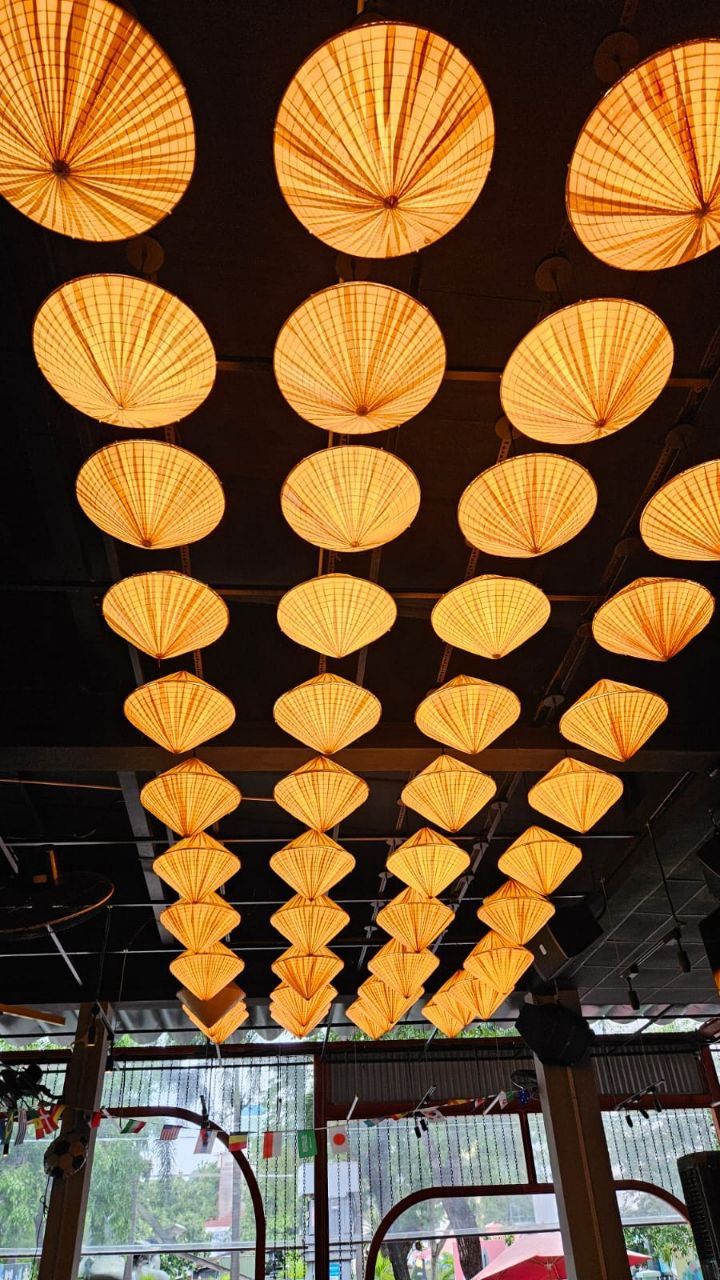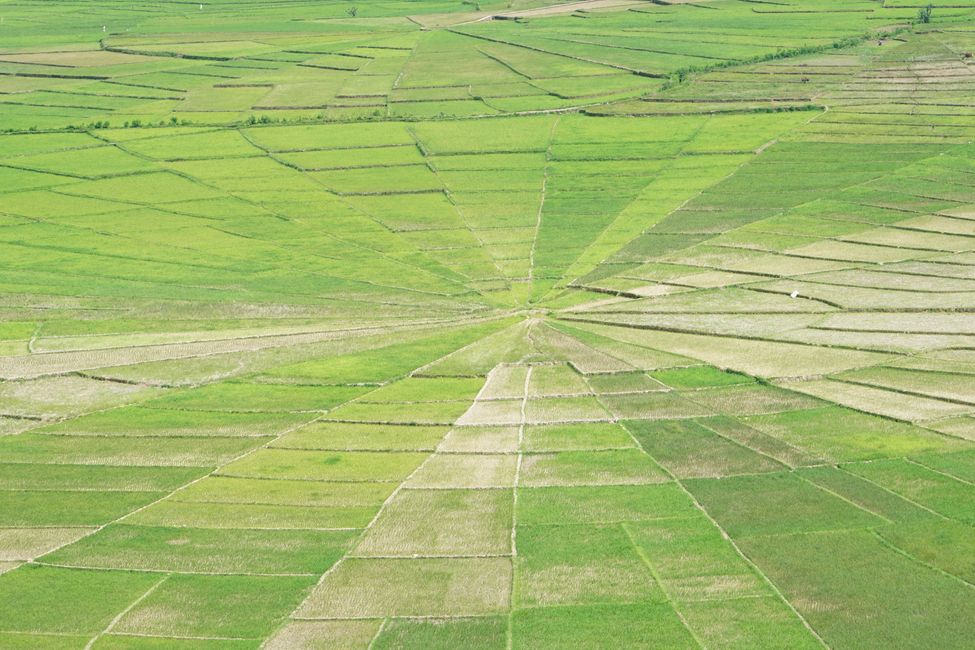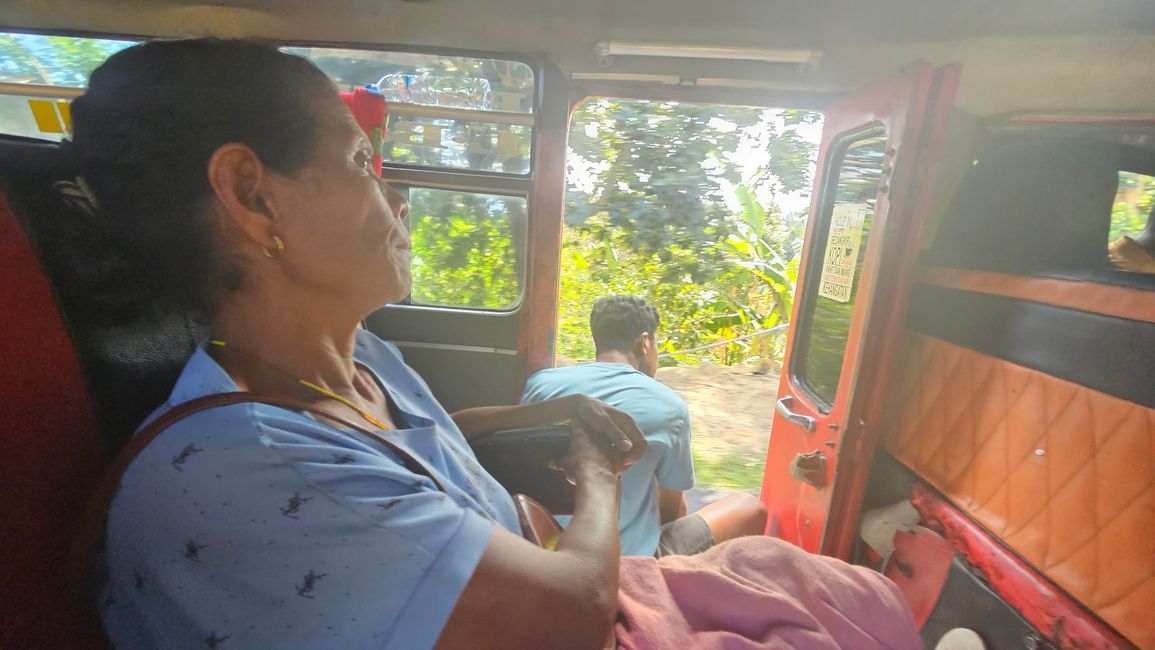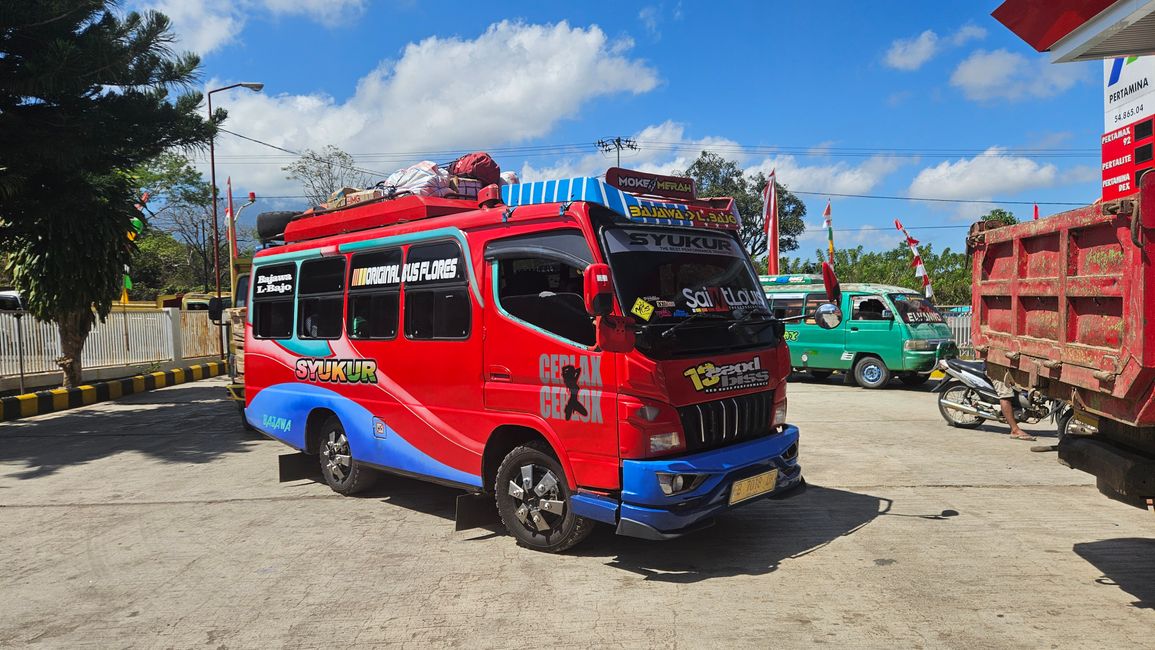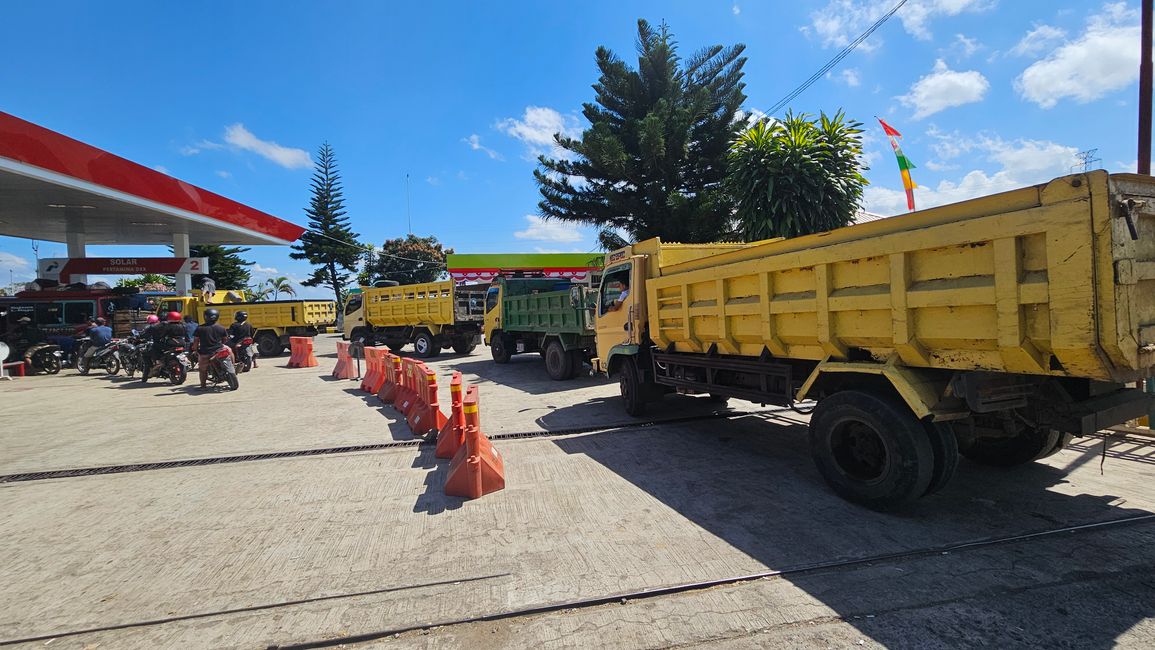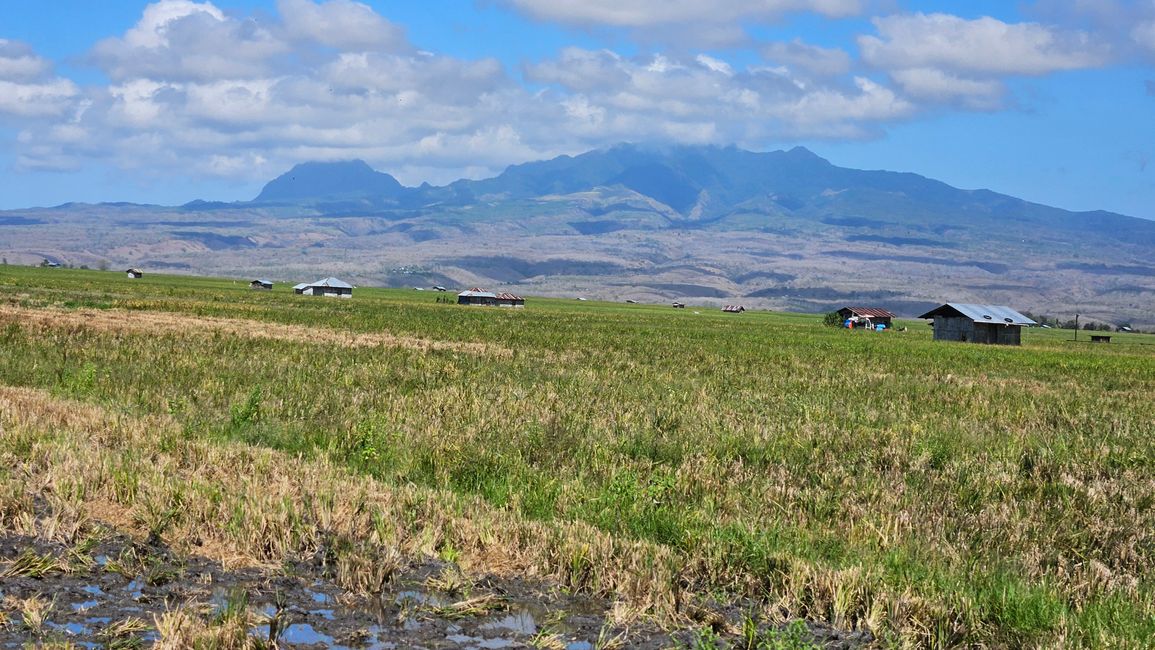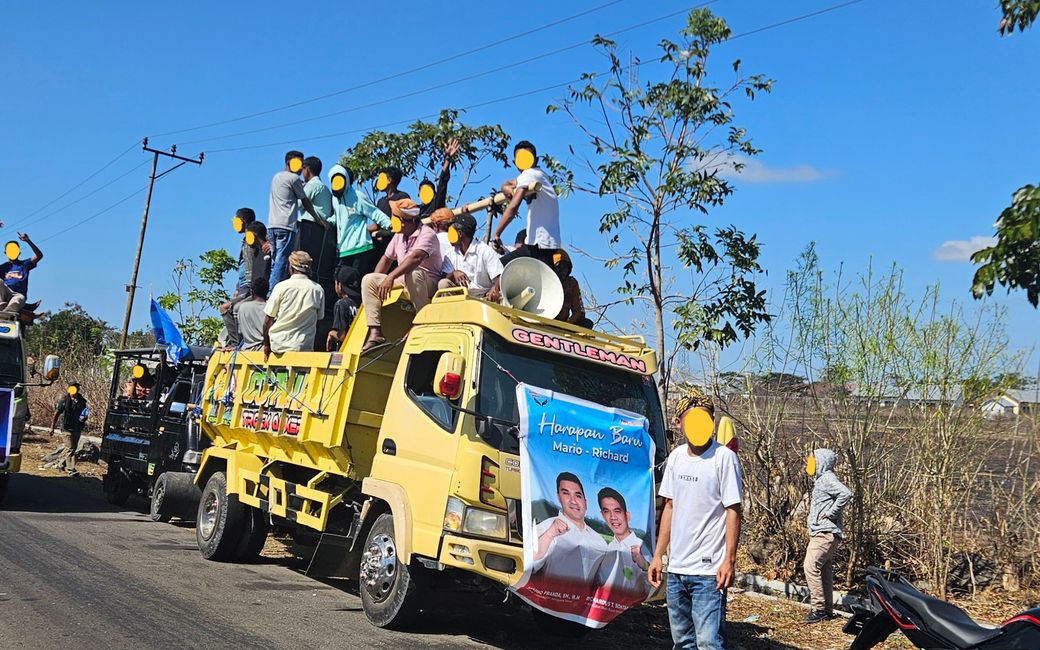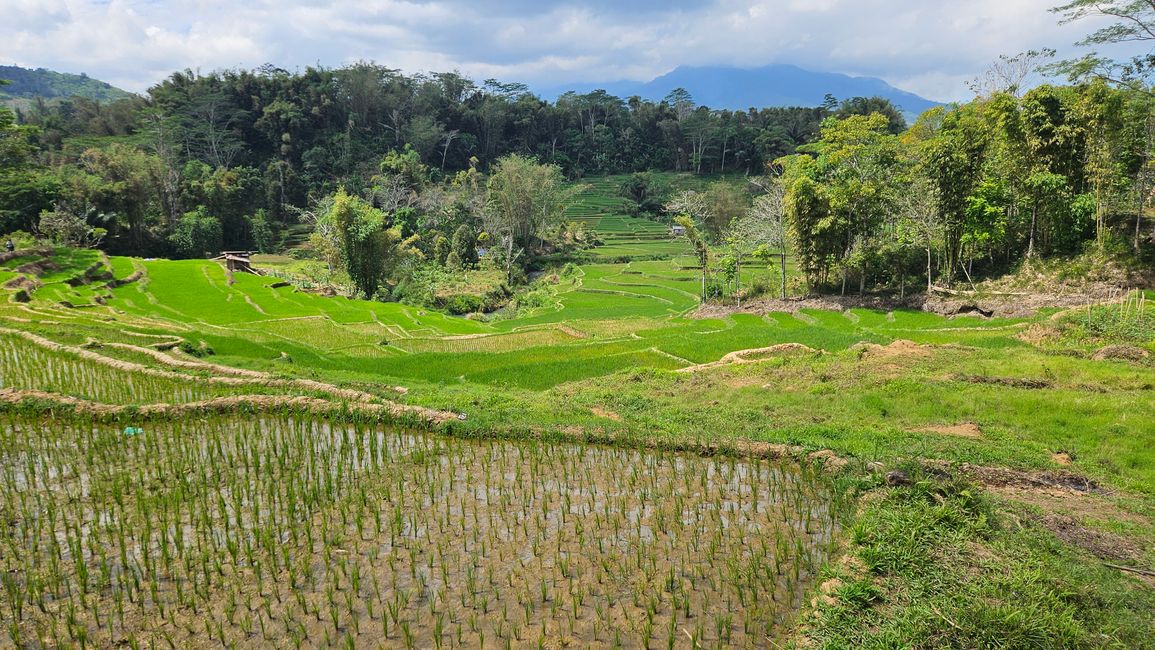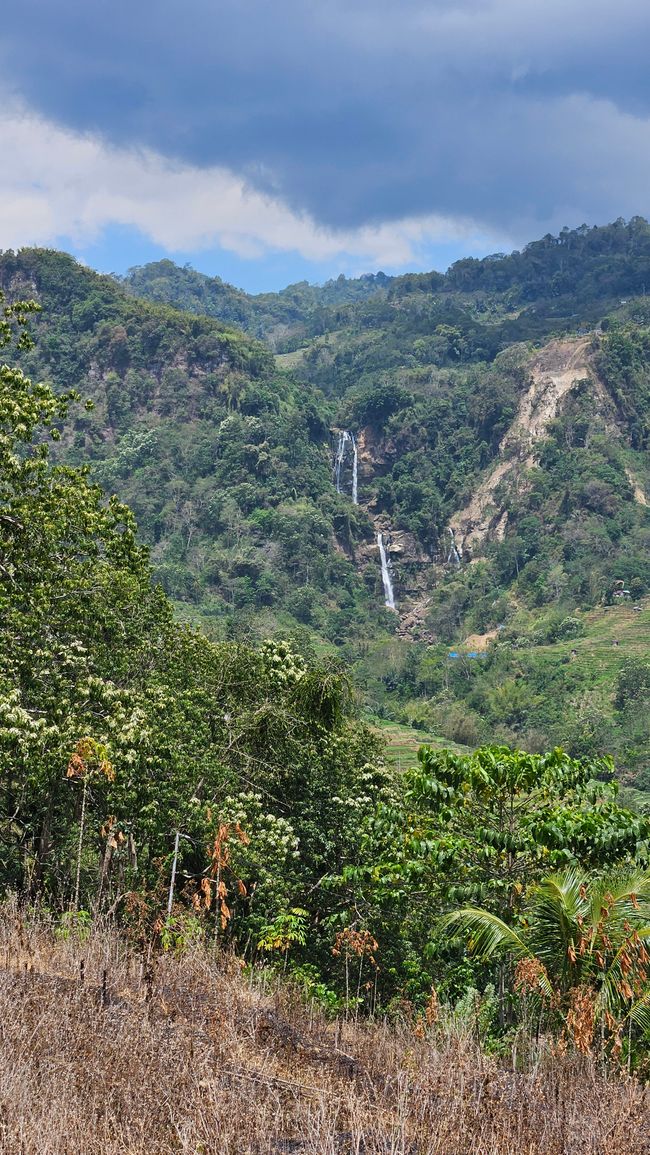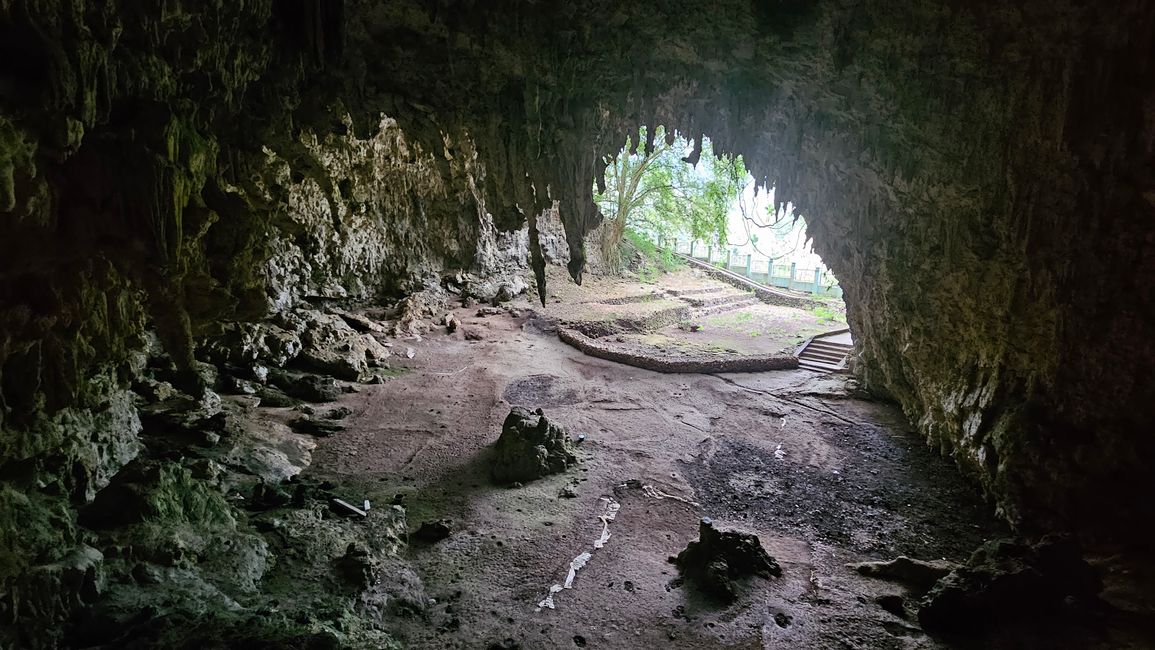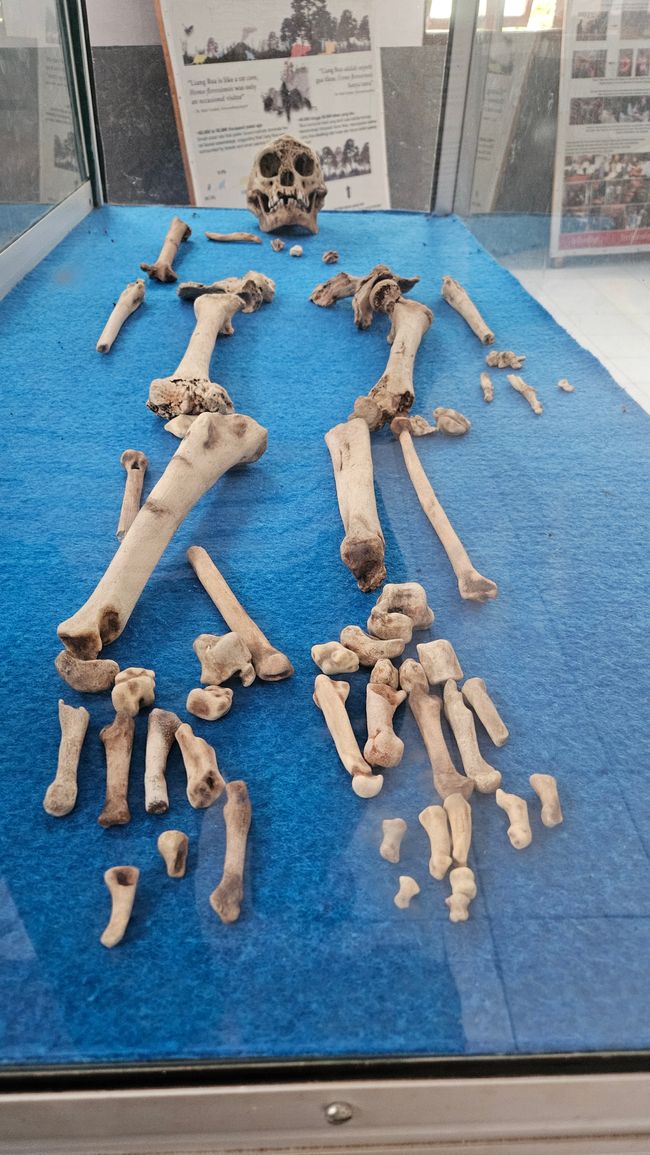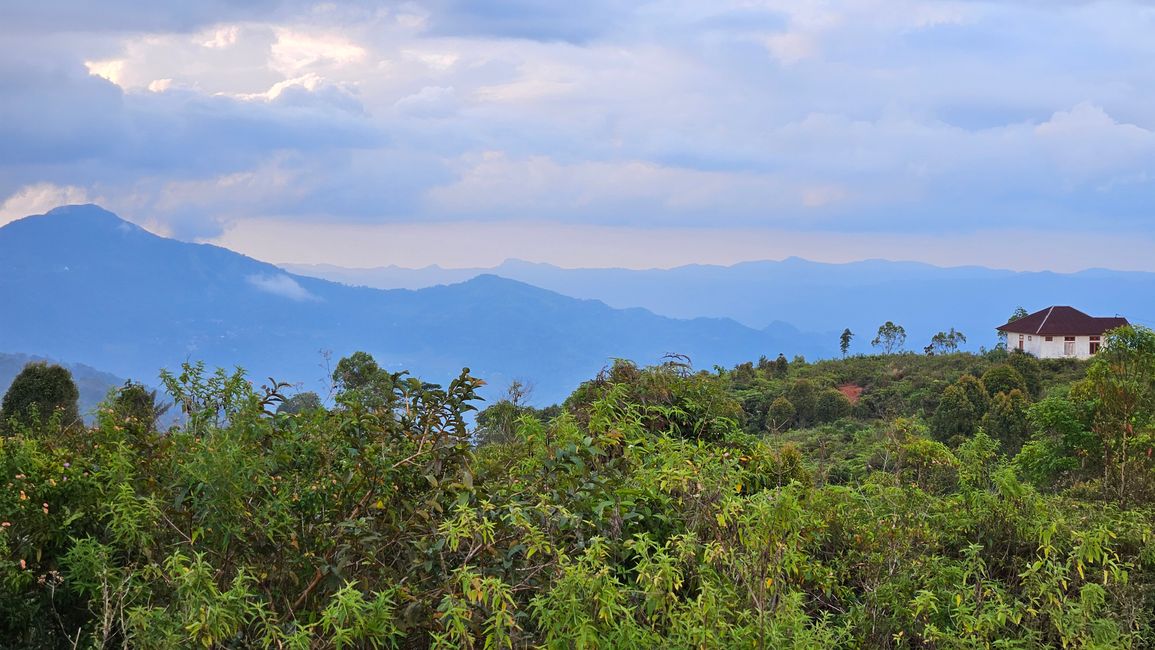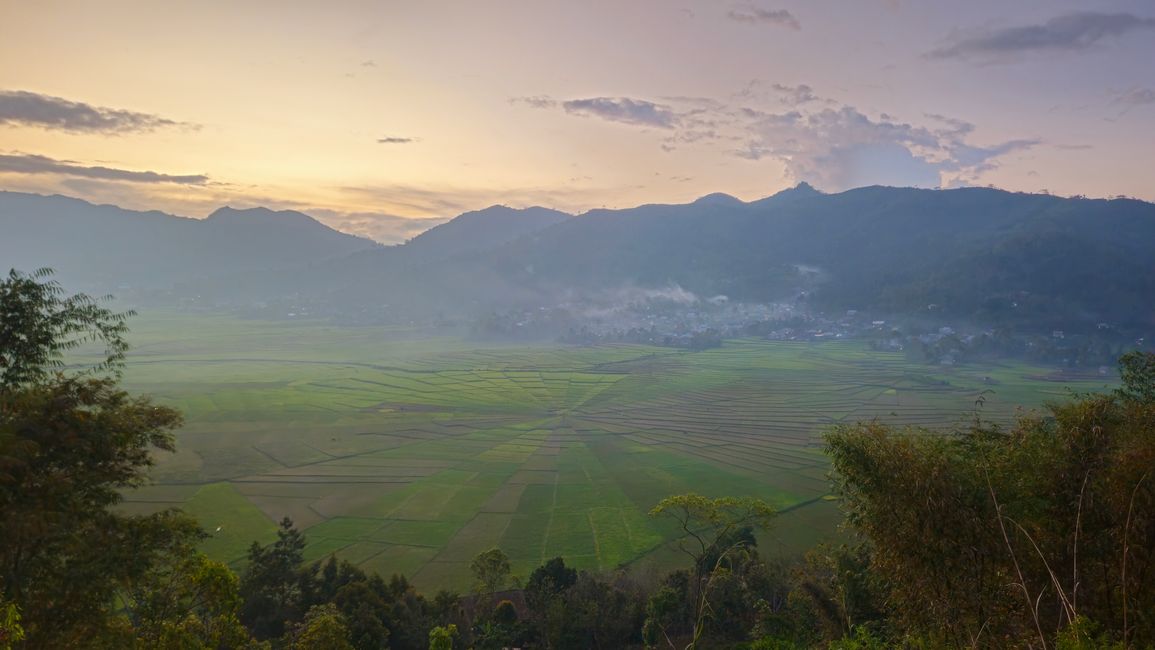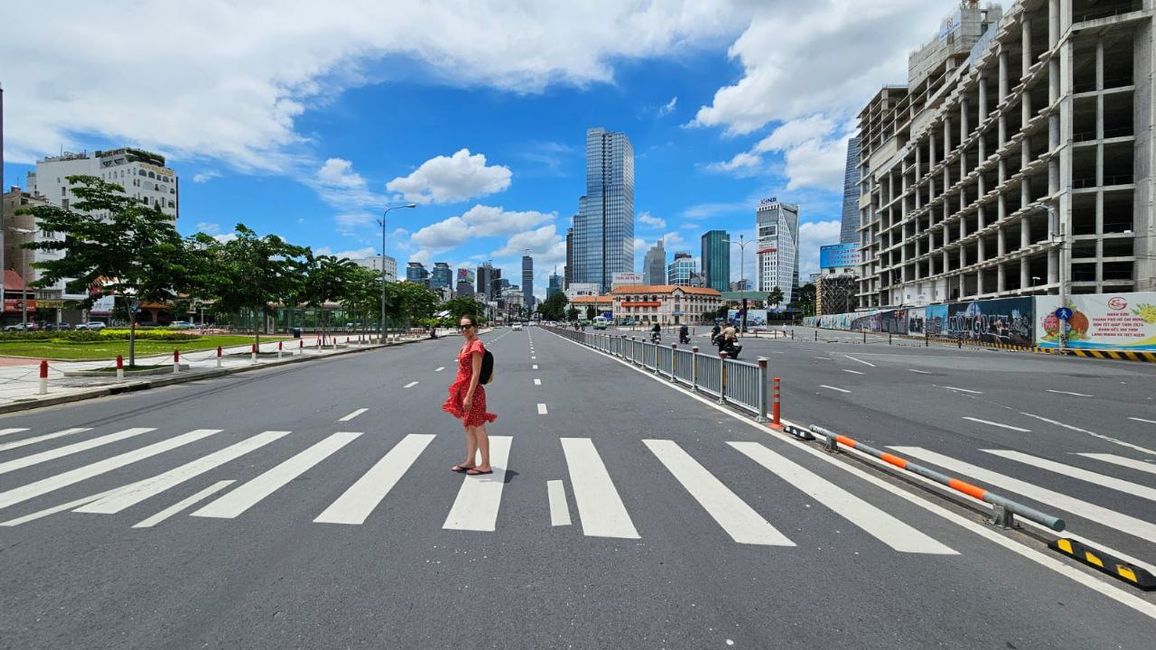
clara-marie-in-der-praerie
vakantio.de/clara-marie-in-der-praerie
Ruteng
Publikováno: 22.09.2024
Odebírat novinky
There are four affordable ways to get from Labuan Bajo to Ruteng by land: scooter, shared car, Gunung Mas (air-conditioned bus), and local bus. I wanted the full experience, so I decided on the local bus.
As is likely the case everywhere in Southeast Asia, the journey began early in the morning, starting by picking up all passengers at home, gathering all kinds of goods, and distributing them on the bus or tying them to the roof. Of course, this bus was completely overcrowded with people and luggage by European standards, with one man sitting in the open door for the entire ride. But at least there were no dogs, chickens, or goats on board. The travel time ultimately took nearly 8 hours instead of the 3.5 hours predicted by Google Maps. But due to constant road blockages, where one sometimes has to wait for several hours, these predictions are never accurate anyway. To the road closures were added traffic jams at gas stations and delays due to campaign events, further prolonging the journey.
As is also customary, I was dropped off by the bus directly in front of the homestay and greeted with tea. Shortly after I arrived, Lara and Sebastian also showed up, and we went to Cafe Kopi Mane for lunch. Hardly had we arrived when a group of children from the tourism school came by and wanted to interview us. For the next half hour, we answered each child's interview questions, which were always the same: What’s your name? Where are you from? What do you like best in Indonesia so far? etc. And at the end, we took the obligatory photos with each child individually and as a group.
The great benefit of this tourism school, in my opinion, is that the children learn English there. Because if they speak English well, they can work in many different jobs and find a job more easily. However, even the children from the tourism school do not know that you normally address only men as 'Mister'. Already in Lombok and Labuan Bajo, I was constantly called 'Hey Mister' whenever I was out and about. I had only heard 'Hey Miss' in very few exceptions. Naturally, my teacher genetics kicked in, and I explained to the children both in English and with Google Translate the difference between 'Mister' and 'Miss'. They all smiled and nodded politely, but I think they didn’t really understand. But it was worth a try!
The next day, Lara, Sebastian, and I rented mopeds and first drove to the Spiderweb Ricefields. As the name suggests, these are rice fields arranged in the shape of spider webs, which looks really cool. The shape comes from the traditional land division of the Manggarai people. The land used to belong to the whole village, was round, and had what is known as a Lodok in the center, where ceremonial rituals were performed. Each family received a segment of the rice field, with boundaries leading from the center outwards. Through the further subdivision of the segments, the spider web pattern gradually came into being.
After that, we wanted to go to a waterfall, but on the one hand, the road was so bad that driving was not much fun. On the other hand, the front brake of Lara's moped was not functioning reliably. That’s why we just took a photo from a distance and drove back to Ruteng for lunch, which was a good idea! Hardly had we sat down to eat when it started pouring rain for two hours.
During a break in the rain, we walked back to our accommodation, and I joined Jurgen from the Netherlands for another tour to Liang Bua Cave, also known as the Hobbit Cave. The cave itself is quite unimpressive to look at, but it is cool that a skeleton of Homo floresiensis was found there in 2003. This is an extinct, small-statured species of the genus Homo that stood only about 1m tall. The age of the skeleton is estimated to be at least 60,000 years.
Afterwards, Jurgen and I drove to the Spiderweb Ricefields again for sunset, where drones were flying in the air, and then we headed back to the accommodation in the dark.
Both Lara and I were very eager to visit the Local Village of Wae Rebo from Ruteng, where you can also stay overnight like the locals. However, at least with the scooters from our accommodation, you were not allowed to go there, as the roads are apparently so bad that the scooters would suffer quite a bit. Another option would be to hitch a ride with a certain truck driver. However, with this option, you would not arrive at the starting point of the hiking trail until after sunset and would have had to take the local bus back to Ruteng the next morning at 5 am. Accordingly, that was not an option either. The last option would have been to rent a car with a driver who would take you there and bring you back to Ruteng the next day. However, that would have been disproportionately expensive for the three of us, so we gave up on that plan and drove further east the next day.
Odebírat novinky
Odpovědět
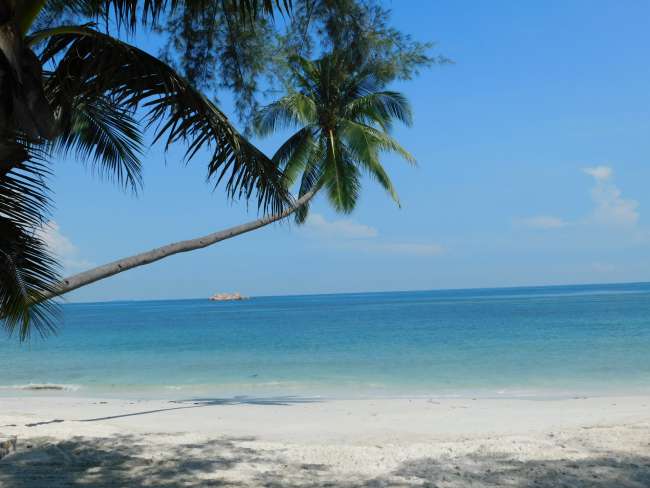
Cestovní přehledy Indonésie
